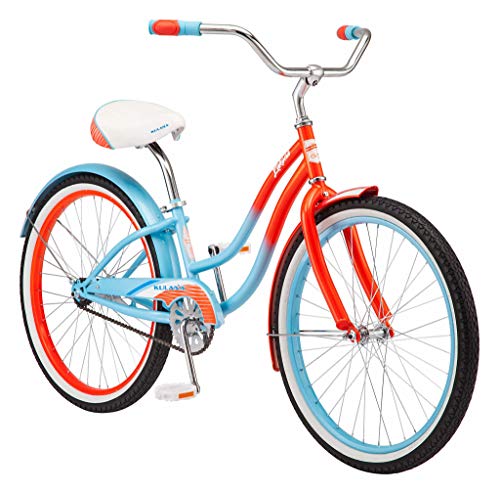- Joined
- Sep 17, 2013
- Messages
- 4,290
- Reaction score
- 9,465
I got this idea from Sheldon Brown's web page. My roller brake rollers were fractured so the wedge kept coming loose so the rear brake didn't work. I have 2 more sets of roller brakes but I don't like them down in the dirt so I used Sheldon's advice to mount new posts on the seat stays. I used a MAPP torch to melt the braze on posts off an old frame. I used another bike with the same type of cantilever brakes to get the position of the posts, using calipers. I tacked on the new posts and fitted the brakes to see how they lined up. Oops, one had to be re tacked. Some gentle hammer tapping and I got them where they needed to be. Then I welded them on. I didn't make a jig as per Sheldon, just rulers and calipers and magnets and my hand to hold them for tacking. The problem is that the bike I used for a reference had a little narrower space between the seat stays so my posts could have been a 1/16 or a little higher. There is a lot of slop adjustment in the cantilevers so it was OK, just if anyone else tries this just remember that your reference bike might be slightly different. I was stupid, I should have chased out the threads inside the posts but I didn't. The first side of the brake mounted without a problem, the second was a little tight. When I tried to back the cantilever mounting boult out of the tight one it broke off. I tried an easy out but this was going to break off in the post as it was twisting with no movement of the bolt. I just drilled it out and re tapped it. This might not work and I might have to put on another post, we'll see. I have been riding it around the neighborhood for 2 days and so far it works well, way better than the busted roller brake. It could still disintegrate when I take it on the trail. It will be one of my camp mountain bikes.
Early 1980s Peugeot Mountain bike. The old roller brake posts are visible down by where the tire crosses the chain stays.

Early 1980s Peugeot Mountain bike. The old roller brake posts are visible down by where the tire crosses the chain stays.






















































